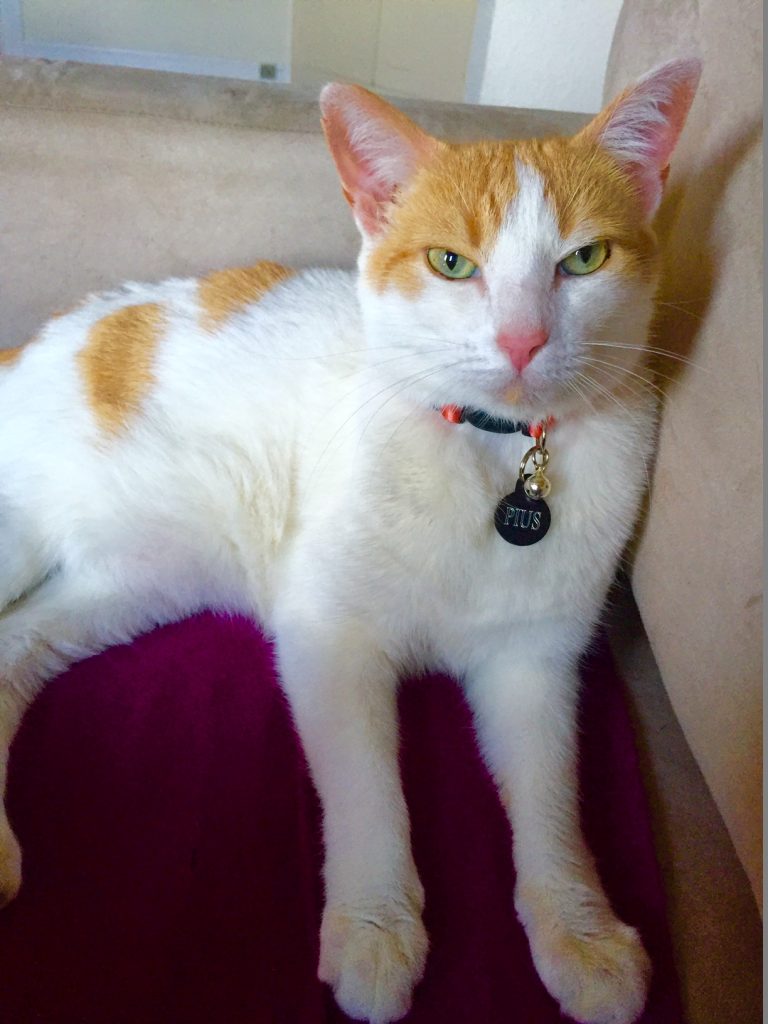New Checklist to Help Detect Osteoarthritis Pain in Cats
When we think of arthritis in our pets, most of us immediately think of dogs. We have all heard about or experienced firsthand dogs with arthritic joints. But what about cats? Well, the truth is, osteoarthritis (OA) in cats is a lot more common than you may think. It is estimated that 45% of all cats and 90% of cats over age 10 are affected by arthritis in some way. Unfortunately, feline arthritis tends to go undiagnosed.
Symptoms of OA in Cats
With such a high percentage of cats potentially affected by arthritis, why is the problem underdiagnosed? The most obvious answer is that most pet owners do not know that their cat has OA because the signs are different than in dogs. The typical symptoms we see in dogs such as limping, stiffness, and pain, are generally not present or are much less noticeable in cats with the same ailment. Cats do not present pain in the same way dogs might. For instance, they do not generally vocalize pain and instead of limping, cats might not jump as well or as high. Knowing the signs is key to helping your veterinarian determine if your cat is affected by OA.
New Checklist to Check for Early Signs of OA

Because cats tend to hide their ailments well, researchers set out to develop a new checklist to help both cat owners and veterinarians determine if a cat is affected by pain associated with OA, also knows as Degenerative Joint Disease (DJD). The recent publication analyzed and compiled data from previously conducted studies to develop a short checklist that veterinarians can use to help detect pain associated with DJD. The checklist may also be beneficial for owners who are concerned their cat may have OA.
The compiled data allowed researchers to pare down longer diagnostic questionnaires into six short questions:
- Does your cat jump up normally?
- Does your cat jump down normally?
- Does your cat climb up stairs or steps normally?
- Does your cat climb down stairs or steps normally?
- Does your cat run normally?
- Does your cat chase moving objects (toys, prey, etc.)
What to Do If You Think Your Cat May Have OA
If you answered no to any of the above questions and your cat hasn’t suffered any obvious injury that you know of, this might indicate that your cat may have OA. The first thing to do is make an appointment with your veterinarian to determine the diagnosis. If it is confirmed that your cat has OA, there are several treatment options that may bring your cat relief. The American College of Veterinary Surgeons recommends a multi-modal approach to pain management for arthritic cats. This may include weight management, physical rehabilitation and certain medications. If your cat is prescribed medication for pain, it is important to monitor them closely with your veterinarian to check for adverse side effects.
Stem cell therapy is another natural treatment option for cats with OA. Like dogs, fat is collected from the patient and shipped to the VetStem laboratory. After processing, VetStem will ship your cat’s own stem cells back to the veterinarian in injectable doses. Though the majority of our clinical data is from dogs, cats have responded to VetStem Cell Therapy in a similar way to dogs. Stem cells have shown the ability to reduce pain and inflammation and thereby improve a patient’s quality of life.
If you think your cat may benefit from stem cell therapy, contact us to receive a list of VetStem providers in your area.
